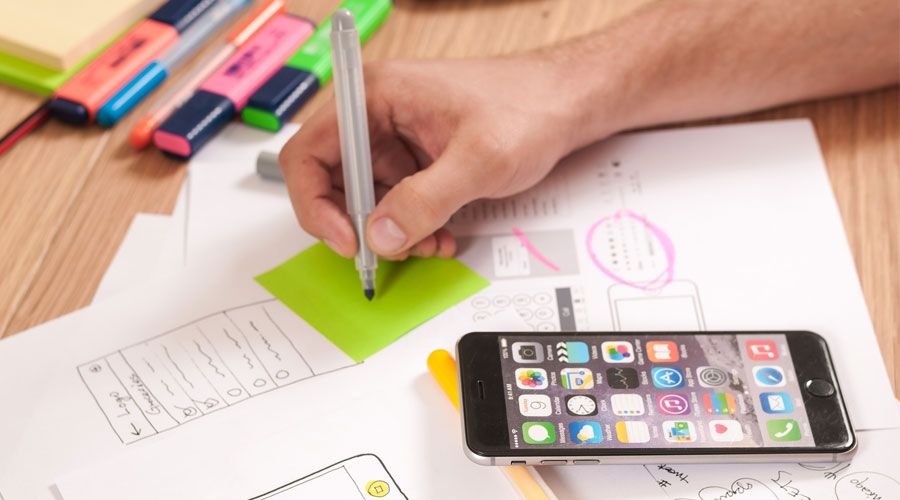User experience design: 4 tips from Apple’s Willy Lai

We recently caught up with Willy Lai, a recent Apple user experience design director based in Silicon Valley who is teaching a user experience (UX) design workshop in Dubai in November. We asked him what tips he could offer to entrepreneurs looking to design products with great UX across different devices and here's what he had to say.
1. First impressions count, but first experiences make or break
A pretty app makes a good first impression, but that's not enough to engage your user. Your app needs to be usable, useful, and desirable. With millions of apps available, you may only have a matter of seconds to engage a prospective user. Statistics show that 80 percent of users leave if they have a bad experience. When they leave your app or website, they're going to your competitor. When your users have bad experiences, you're not only losing users, but also helping your competition.

2. Know your users and get user feedback early and often
According to ISO, user experience is defined as ‘a person's perceptions and responses that result from the use or anticipated use of a product, system, or service’. Rather than guessing and debating how users might perceive or respond to your product, get actual user feedback of your product early throughout the product development process.This gives you the opportunity to course correct a bad user experience before you launch your product.
3. Design for user context and form factor
Understand which devices your users will use to access your product, along with how, when, and where they are going to use it. Know which job your product does for them. Ethnographic research [which is the study of people in their own environments through the use of methods such as participant observation and face-to-face interviewing] can help you discover unmet user needs and help inform the priorities for your product's features and functionality.
4. Choose the appropriate mobile strategy
Responsive design is most popular, utilizing a fluid layout that changes based on the size of the display, regardless of the device. It provides a more consistent experience across devices, but requires more investment and potentially more loading time than adaptive design. Responsive design is a good option if you're designing a website from scratch. On the other hand, adaptive design is based on multiple layouts, one for each device’s screen size. It offers faster loading times than responsive design, and is also less costly than responsive design. However, responsive design provides better results across all users. Adaptive design is a good option if you're short on time and budget, and not ready to overhaul your website. Mobile sites are websites specifically designed for mobile devices. They consist of a separate site (typically m.domain) versus a desktop site. A mobile site is a good option if you have mobile specific goals for your website. However, they are costly and less SEO friendly. Native designs are applications designed specifically for iOS, Android, or Windows. They can tap into the full capabilities of a device and provide the most optimized user experience. However, they have the highest development costs and also have the least flexibility.
Willy Lai will be teaching a two-day UX design workshop in Dubai, 22-23 November 2017.


